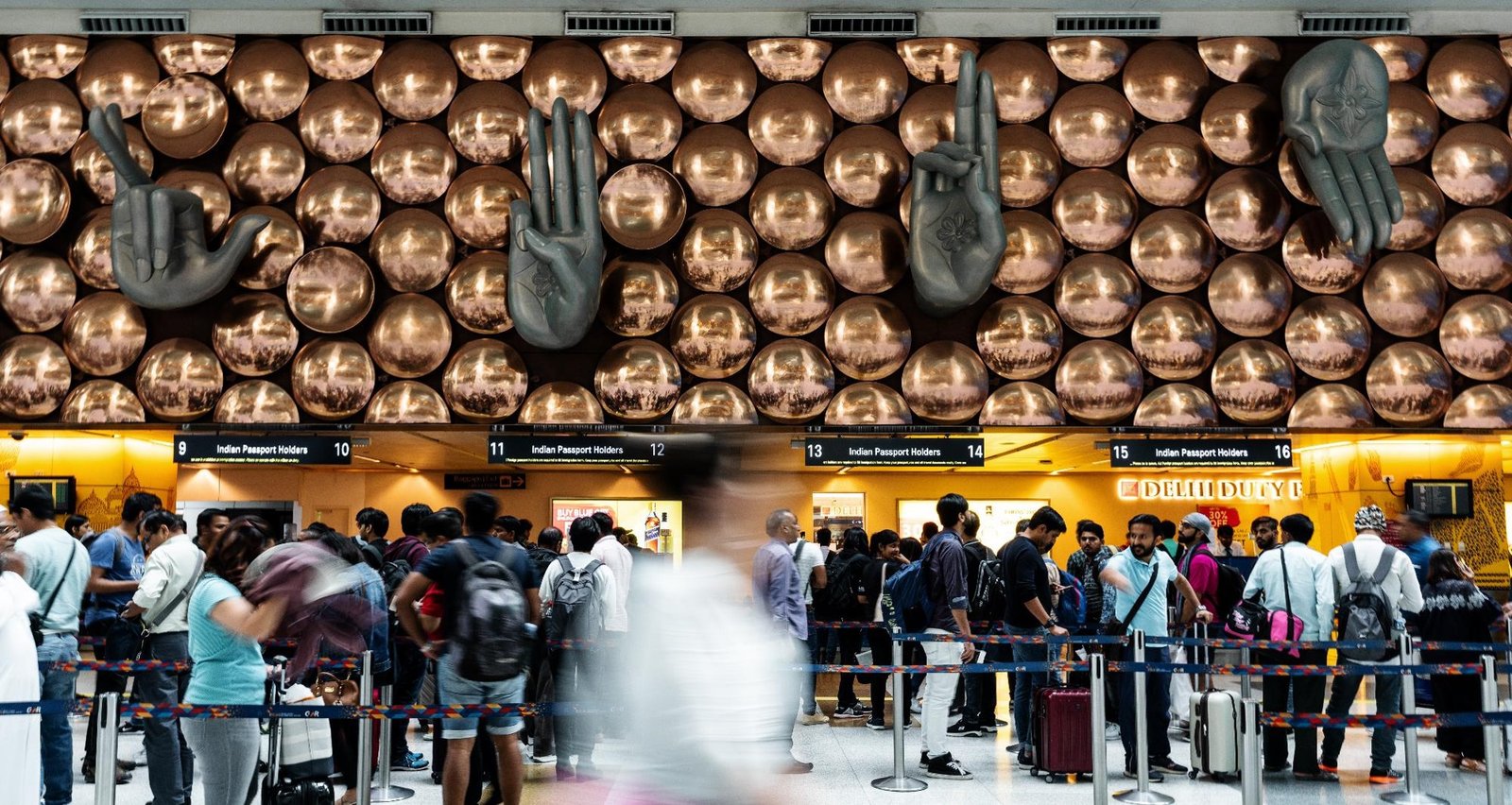India’s sudden withdrawal from world’s “largest” regional trade agreement, the Regional Comprehensive Trade Economic Partnership (RCEP) in 2019 after seven years of hard negotiation, was seen with a construing view by various nations. When the trade agreement was signed on November 15th 2020, trade experts hoped for India to join the agreement at a later stage.
RCEP is a trade pact between the 10 members of the Association of Southeast Asian Nations (ASEAN), along with Australia, China, Japan, South Korea, and New Zealand. The collective deal caters to 30% of the global population and US$ 2.3 Billion of the market. Had India participated, it would have resulted in 44% of the world’s population and 20% of the global GDP. India at present has a “shallow” FTA’s with ASEAN, Japan, and South Korea. RCEP has been broad-based with common rules of origin and access to larger economies.
RCEP aims to establish a “modern, comprehensive, high-quality, and mutually beneficial economic partnership” amongst the member nations. It calls for reduction/elimination in tariff duties for at least 92% of traded goods, duty-free temporary admission of goods, granting national treatment to the goods of other nations and, Non-Tariff Measures (NTM’s) – elimination of quantitative restrictions, administration of import licensing procedures, and greater transparency on the application of NTM’s connected with the import-export business.
India has been trying actively to decouple the supply chain for its domestic market from China for the past few years. As its domestic market seems to lose a competitive and comparative advantage to Chinese state-subsidised manufacturing spanning from high technology to even labour-intensive sectors; the nation seems to even lose out to smaller economies such as Bangladesh and Vietnam. These smaller countries find themselves better integrated with global value chains. While India worries about competitiveness, trade experts fear that supply chains will increasingly run through Asia to service Asia with India left outside. Thus, India’s withdrawal from RCEP merely reinforces the problem. (India’s RCEP withdrawal will result in a loss of 1.2% of the nation’s projected GDP in 2030 according to the Peterson Institute for International Economics, 2019).
India’s RCEP withdrawal will result in a loss of 1.2% of the nation’s projected GDP in 2030, according to the Peterson Institute for International Economics, 2019.
Shortfalls for the RCEP signatories
RCEP participating countries must progressively abolish 90% of all tariffs on goods including the agriculture sector. Signatories are then given two years to ratify before the agreement becomes effective. RCEP members are diverse at different stages of economic development including poor SEA nations with small scale producers and farmers. China holds a nodal position owing to its large market size, competitive producers, and geopolitical dominance.
Nations such as the Philippines and Indonesia are struggling with economic recession and rising fiscal deficit due to Covid-19 pandemic. RCEP would not only offer open market access and rising imports from China, New Zealand and Australia but also lose their revenue sources due to tariff elimination. Furthermore, the deal is a shallow FTA as it does not cover provision to protect workers, smaller producers, and environment; justifying India’s reason to quit the deal last year. There is no investor-state dispute settlement system in RCEP.
What meets beyond the eyes: Weighing Pros to the Cons
Undoubtedly, ratifying RCEP would have exposed Indian trade to flooding of cheaper imports, possibly a gamble India avoided to take. India’s withdrawal from RCEP does not address its qualms with China’s economic policies and support dispensed to domestic industries. China’s state-owned enterprise funding has survived unscathed, possibly offering a larger RCEP market when other major economies are dealing with the pandemic.
The Indian government has committed US$ 26.6 Billion to address the nation’s manufacturing capabilities and enhance exports across 11 sectors through Production Linked Incentives. These include mobile handset & components, automobiles, and auto components, solar photovoltaic (PV) modules, speciality-steel makers, man-made and technical textiles, food processing, specialised pharmaceutical products, advanced chemistry cell battery, and IT hardware. The WTO compliant scheme implicitly rides on the chassis of select National and Global Champions in each sector to reshore a portion of their supply chains to India. The idea of FDI- led export production will increase India’s exposure to global competition and products, which fuel the innovation through technology spillovers.
In a pre-Covid world, the PLI scheme’s success was heavily dependent on Beijing’s race to further subsidise its local manufacturing. However, as GVC’s look for a diversified and a risk-averse ecosystem owing to rising tensions between US & China, India has a fair chance to propel its integration.
India has been trying to cover disabilities in manufacturing in India and climbing up its World Bank Ease of Doing Business rankings.
India needs to restructure the regional supply chain simultaneously addressing security relations through active participation at QUAD in the Indo-Pacific. Australia observes China as its largest export market, but their relationship has been tipping after Australia pushed for a commissioned inquiry on the covid outbreak. Japan earmarked US$2.2 billion to incentivise its companies to move their manufacturing out of China, in May 2020. With a more engaged Biden administration and a strong-headed Japanese mindset; India can initiate an alternate dialogue on the Resilient Supply Chain Initiative (RSCI).
India has been trying to cover disabilities in manufacturing in India and climbing up its World Bank Ease of Doing Business rankings. This could be an appealing option for global giants to simultaneously tap India, Australia, Japan, US under RSCI initiative. These countries can agree to the cross- border trade, standards and form common investment rules even across strategic sectors like electronics, ICT, Semicon and automotive. Though RSCI would not be able to overweigh RCEP, it will still be a beneficial option for India to tap few consumption markets while simultaneously replacing access to high tech from China to US/Japan.
This could be the world for the new age supply chain post-Covid as India doesn’t need Keynesian free trade but strategic globalisation!


